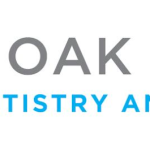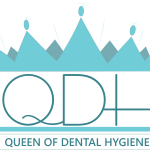
In this section, we dive into how the test results from OralDNA® Labs shaped the personalized treatment plans for Patient A and Patient B. By analyzing both genetic factors and bacterial profiles, we can better understand each patient’s unique risks and challenges. Let’s explore how these insights guided our approach to managing their periodontal disease and improving their overall health
Interpret results for the patient:
Turnaround time is 5 business days with a few days transit. My ...
Read More







